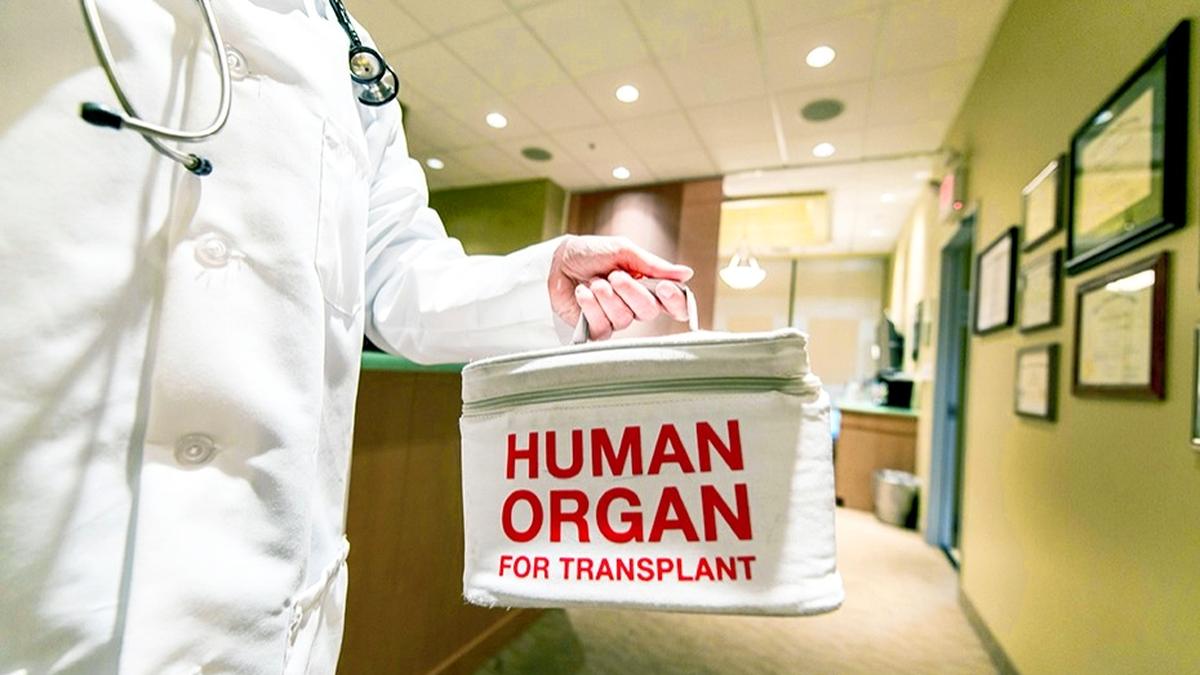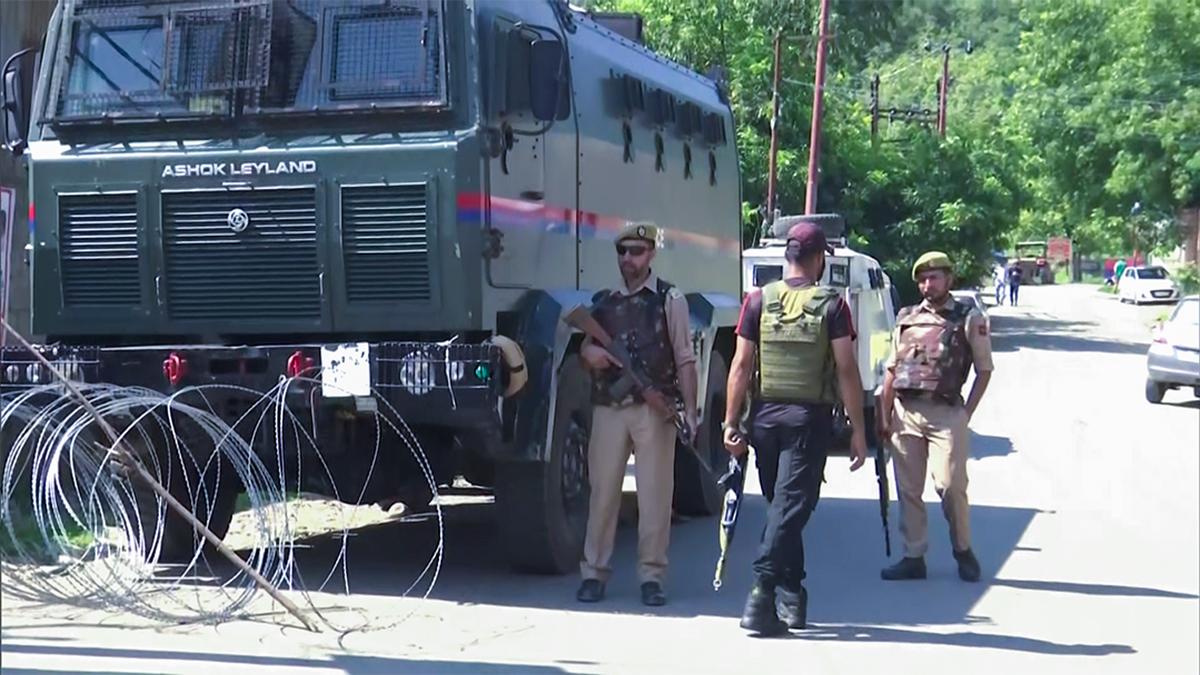As India braces for the impact of U.S. tariffs of 25% that went into effect from August 7, the government is seeking to shore up other trade negotiations, including with ASEAN countries beginning Monday (August 11, 2025) in New Delhi.
A delegation of the 10-nation ASEAN, or the Association of South East Asian Nations, will hold talks with Commerce Ministry officials from August 11-14, sources confirmed, for the next round of talks on a review of the ASEAN-India Trade in Goods Agreement (AITIGA). The talks come two months after Commerce and Industries Minister Piyush Goyal called the 2009 agreement “silly” as it gave India’s Asian competitors easy access to its markets, a comment that led to speculation that India was planning to pull out of the agreement. The comment also caused some outrage amongst ASEAN members, as he referred to them as the “B-team of China”, referring to India’s concerns over Chinese goods flooding the market via these countries.

However, in July, after a meeting between Prime Minister Narendra Modi and Malaysian PM Anwar Ibrahim, who is chairing the ASEAN Summit this year, as well as a meeting between Mr. Goyal and Malaysian Minister of Investment, Trade & Industry Tzafrul Aziz, the two sides agreed to “fast-track” the AITIGA review to be completed by the end of this year. In addition, officials are preparing for a possible visit by Mr. Modi to Kuala Lumpur for the ASEAN-India Summit and East Asia Summit, at the end of October. On Friday, Mr. Ibrahim announced that he “looks forward to welcoming” ASEAN leaders and dialogue partners, including United States President Donald Trump and Chinese President Xi Jinping, although China normally attends ASEAN Summits at the level of Premier.
The push for a quick end to AITIGA review talks, amongst a number of other trade agreement negotiations the government is pursuing with the European Union, Australia and New Zealand, has been given further impetus by the slapping of 25% additional penalties on India by the U.S. last week. Although the government still hopes to continue negotiations with the U.S. for a free trade agreement, it is studying the impact of the tariffs, particularly as its export rivals in Asia, especially ASEAN countries, have received lower rates from the U.S., of around 19%.
Government sources and ASEAN diplomats said that although nine rounds of talks in the past year with ASEAN officials have not produced a breakthrough yet, they are hopeful of some movement this week.
“There has been very little headway so far in reviewing the agreement with ASEAN. We are trying to address the fact that, under the existing deal, our imports have grown far in excess of our exports to these countries. A good deal needs to have balance,” a source told The Hindu.

Data with the Ministry of Commerce and Industry show the trade balance between India and the ASEAN grouping has been turning increasingly unfavourable for India over the years. In 2017-18, the earliest year for which the Ministry has made data available, India’s exports to the ASEAN countries stood at $34.2 billion while imports from the ASEAN countries were $47.1 billion, leading to a trade deficit of $12.9 billion. As of 2024-25, India’s exports to the ASEAN countries grew at an average annual rate of 1.7%, to $39 billion. Imports, on the other hand, grew at 7.5% on average every year, to $84.2 billion by 2024-25. The trade deficit swelled to $45.2 billion last year. Apart from the “rules of origin” issue vis-à-vis Chinese goods, India has also raised the inequality in tariff lines opened, where India opened up about 71% of its lines, while ASEAN countries offered considerably less, including Indonesia at just 41%.
ASEAN countries comprising Brunei, Cambodia, Indonesia, Laos, Malaysia, Myanmar, Philippines, Singapore, Thailand, and Vietnam also led the effort for the Regional Comprehensive Economic Partnership (RCEP), a 15-nation FTA, from which India walked out in 2019.



.png)
.png)
.png)
















 2 hours ago
3
2 hours ago
3









 English (US) ·
English (US) ·